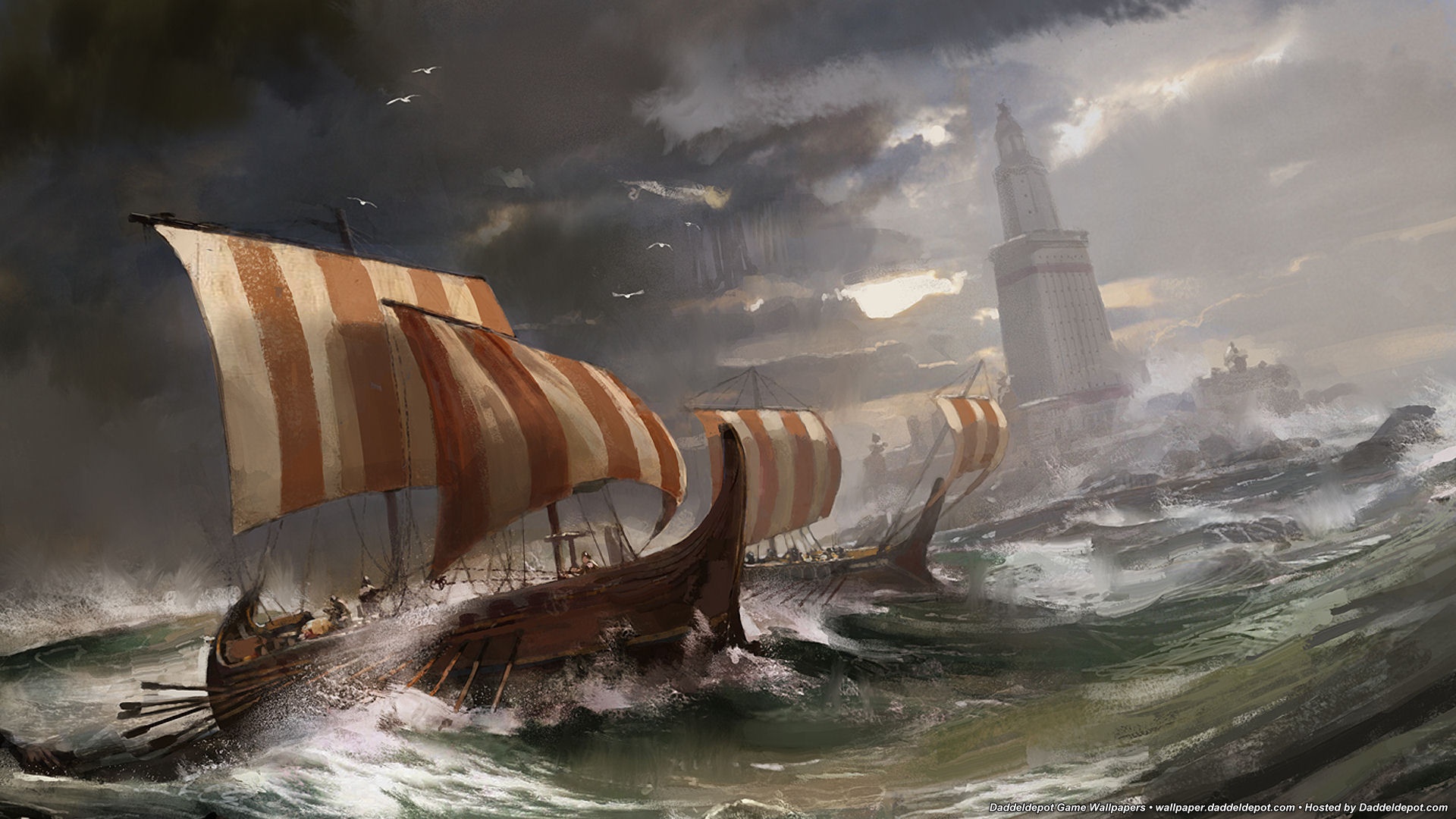

By adjusting your game’s graphics to higher (4K) resolutions, the GPU will need more time to render the processed data. If you have a CPU bottleneck, increasing the processing usage of your GPU should “balance” the load. The key is to balance out the processing load of both components to play a similar rhythm. Fixing Your Bottleneck IssuesĪddressing or fixing the bottleneck issues you have with your CPU or GPU is easy. This also means that the game is dependent on GPU. Looking at the flip side, if your GPU loads are spiking while your CPU loads are at low levels, you have a GPU bottleneck. Similarly, this means that the game is CPU dependent. If your CPU reflects high usage with low GPU usage, you have a CPU bottleneck. This allows you to see every load on your CPU and GPU. With the MSI Afterburner opened and set, log both your CPU and GPU usage when gaming or you can simply open the monitoring window when gaming.
1440p civilization v backgrounds download#
Just go to the downloads tab and click on Download Afterburner button from there. We have included a download link here for your convenience.
1440p civilization v backgrounds software#
You can do this by downloading a monitoring software like MSI Afterburner. There isn’t a way to see whether your CPU or GPU is the culprit of what’s causing the bottleneck. Starting with this keeps you from having a need to “upgrade” your components anytime soon.Ĭheck Out The Best CPU Temperature Monitoring Software Here Ways to Address CPU and GPU Bottleneck This is why you need to choose a specific gaming setup carefully by basing it in line with what games you usually play. Overall, causes of CPU and GPU bottleneck are not solely limited to the components themselves. Here are some games that are notoriously dependent on GPU. Games that show higher frame rates when paired with a high-end graphics card are GPU dependent games. Although they change in line with the set in-game settings, there games that are CPU dependent and GPU dependent.ĬPU dependent games are those that usually have high FPS rate with low-resolution graphics. Games themselves also are contributing factors why we get CPU or GPU bottleneck. You may think that it’s either you just have a slow processor or a poor graphics card that causes it. Now let’s talk about what really causes a CPU and a GPU to bottleneck. MORE: Best Graphics Cards Causes of CPU and GPU Bottleneck It processes so fast that the GT 1030 just doesn’t have the speed to return the processed data back. Without a doubt, the Core i7 processor can process games fast. Let’s take an Intel Core i7-8700K processor and pair it with a GT 1030 graphics card. The same concept applies to GPU bottleneck – only this happens if you pair a fast processor with an entry level graphics card. See the image below for a better visual representation of what’s happening when a CPU bottlenecks.Ī solution to balance out the processing speeds can be made by adjusting resolutions – we’ll have this covered later in detail. A bottleneck happens if the speed of data transfer is capped. The CPU is what’s responsible for processing real-time game actions, physics, UI, audio and other complex CPU-bound processes. However, because the A6 processor can’t keep up with the processing speed of the graphics card, CPU bottleneck happens. On paper, a GTX 1080 Ti can easily run games with improved graphics details. CPU BottleneckĬPU bottleneck happens when the processor isn’t fast enough to process and transfer data.Ī good example of which is to look at an AMD A6 5th gen processor paired with a GTX 1080 Ti graphics card. We’ll talk more about the details of the processes later. If they have huge differences in processing speed, bottleneck will happen. The components that are involved in the process of bottlenecking are the CPU (processor) and the GPU (graphics card). In other words, this means that the capacity to return a processed data is not enough compared to how much data is being sent for processing. Defining Bottleneck, CPU Bottleneck and GPU Bottleneckīottleneck, as for how it is named, occurs when there is a limit on how much data is being sent for processing or how much data can be processed at the same time.


 0 kommentar(er)
0 kommentar(er)
